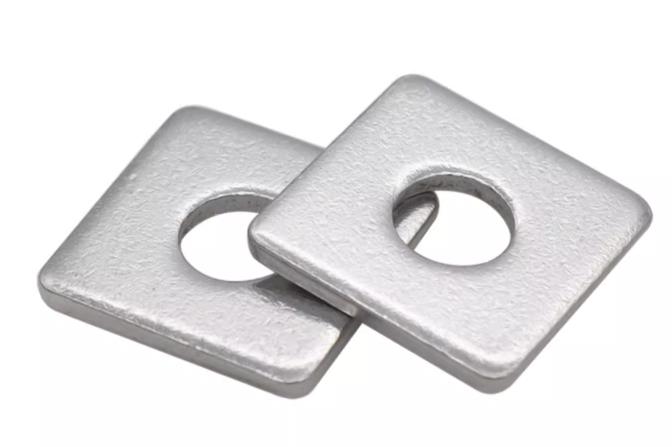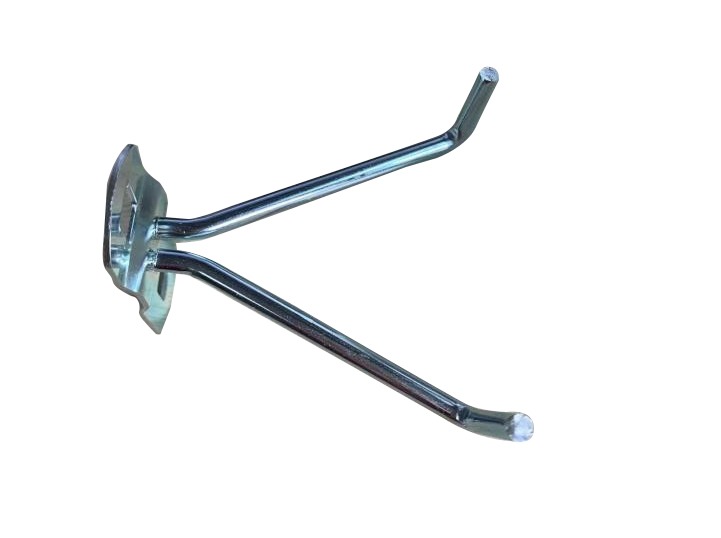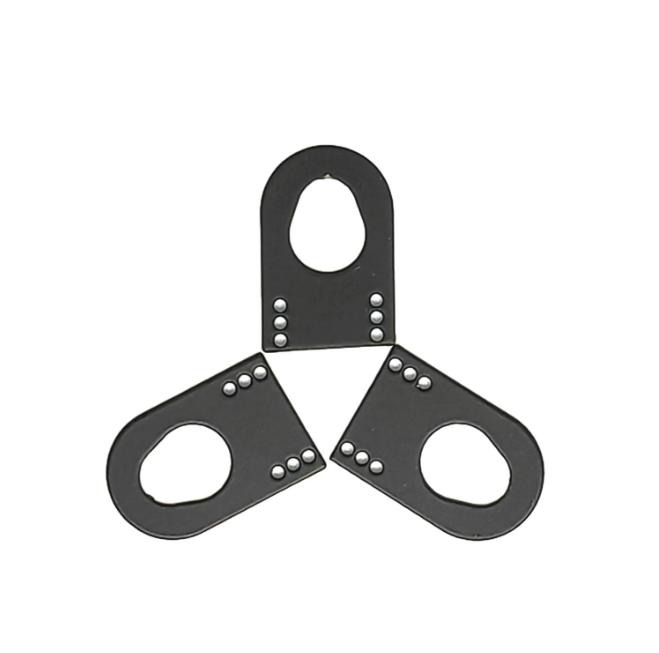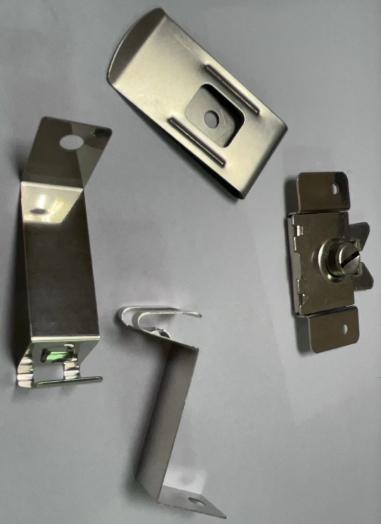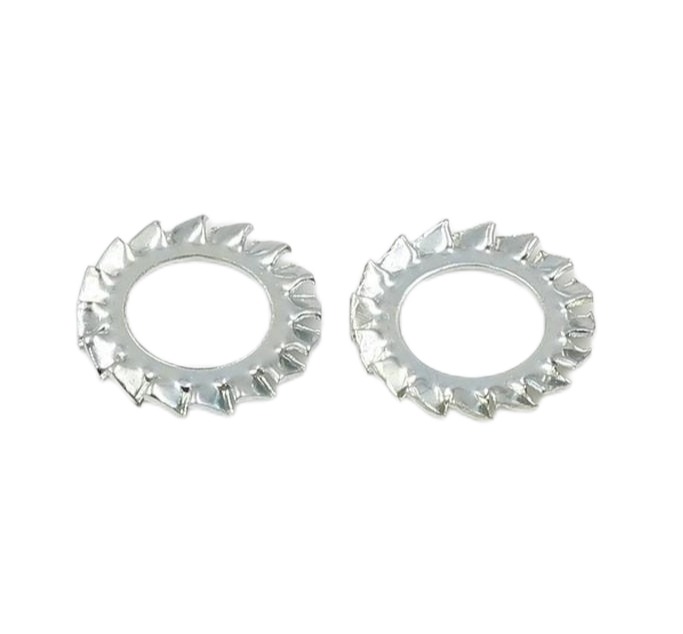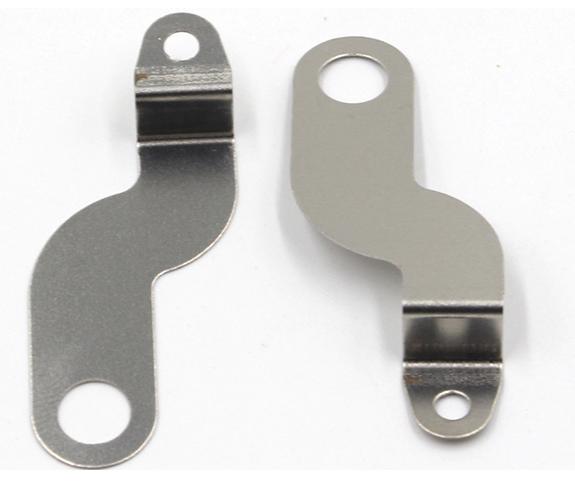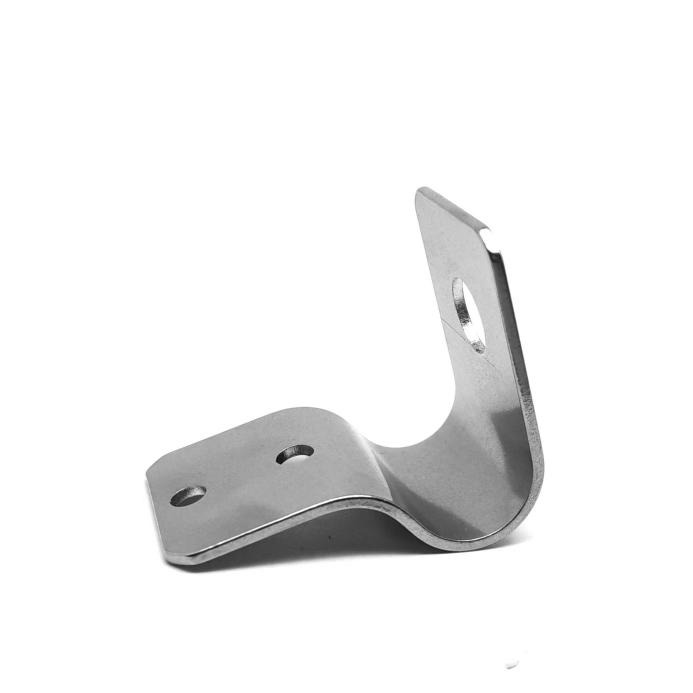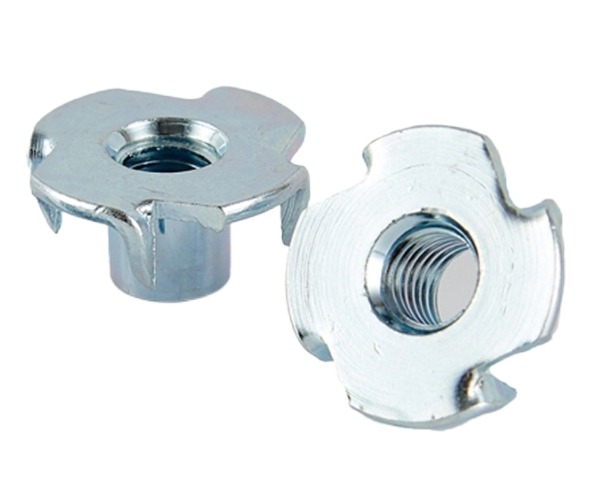How to Maintain and Repair for Metal Stamping Dies Effectively?
Metal stamping dies are subjected to severe stress and wear throughout their operational life, demanding regular maintenance and periodic repair to ensure optimal performance and longevity. In this article, we delve into the importance of maintenance and repair for metal stamping dies and outline essential practices to keep them in top condition.
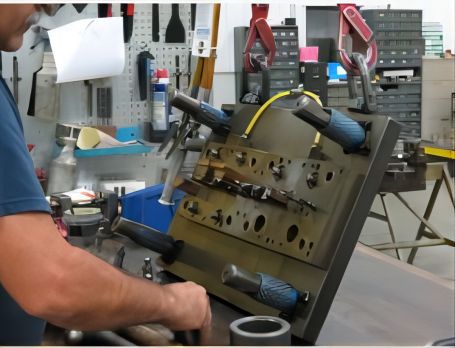
Understanding Metal Stamping Dies
Metal stamping dies are essential in the manufacturing business, allowing for mass production of diverse metal components used in automotive, aerospace, electronics, and a variety of other industries. They are specialist tools for shaping and forming metal sheets or blanks into precise forms and sizes. Because of the repetitive nature of metal stamping process, these dies are subjected to high mechanical stresses and abrasion, which causes wear and probable damage over time.
Key Components
| Component | Function |
| Punch | Cuts or forms metal sheets into desired shapes |
| Die | Provides a cavity or surface against which metal is formed |
| Tooling | Aids in the forming, cutting, or bending process |
| Guide Pins | Ensures proper alignment of punch and die |
| Springs | Assist in ejecting the formed part from the die |
| Strippers | Remove the formed part from the punch after each stroke |
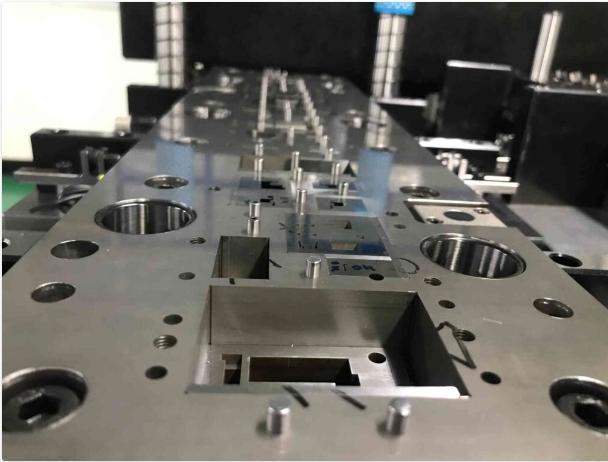
Importance of Maintenance for Metal Stamping Dies
1. Preventing Downtime and Production Losses
Regular maintenance helps identify and address potential issues before they escalate into major problems. By conducting routine inspections and addressing wear or damage promptly, manufacturers can prevent unexpected die failures that lead to costly downtime and production delays. Planned maintenance reduces the risk of sudden breakdowns, ensuring uninterrupted production schedules and minimizing financial losses.
2. Ensuring Consistent Quality and Precision
Well-maintained metal stamping dies contribute to the production of consistent and high-quality parts. Over time, wear and tear on dies can lead to variations in part dimensions, surface finish, and overall quality. By maintaining sharp cutting edges, proper alignment, and optimal operating conditions, manufacturers can ensure that stamped components meet stringent quality standards and specifications. Consistent quality enhances customer satisfaction, builds trust in the brand, and minimizes the risk of costly rework or rejected parts.
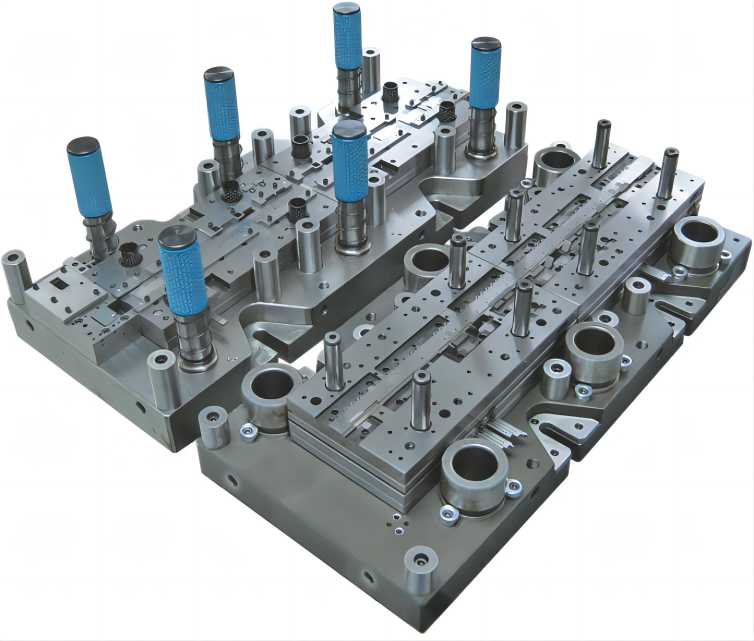
3. Extending Die Lifespan and Maximizing ROI
Metal stamping dies require a large investment from manufacturers. Proper care can lengthen the life of these dies, increasing their return on investment (ROI). Manufacturers can extend the useful life of their dies by promptly addressing wear, corrosion, and other kinds of degradation, lowering the frequency of replacements and associated expenses. Extending die longevity reduces the need for frequent tooling changes, optimizing production operations and increasing overall efficiency.
4. Enhancing Safety and Work Environment
Maintaining metal stamping dies not only preserves their functionality but also promotes a safe working environment for operators. Damaged or poorly maintained dies pose safety risks, such as sharp edges, flying debris, or unexpected malfunctions. Regular maintenance helps identify and mitigate potential safety hazards, ensuring that equipment operates safely and operators are protected from accidents or injuries. A safe work environment fosters employee morale, productivity, and compliance with regulatory standards.
5. Optimizing Performance and Efficiency
Proactive maintenance methods improve the performance and efficiency of metal stamping dies. Manufacturers can reduce friction, save energy, and increase overall equipment effectiveness (OEE) by assuring adequate lubrication, alignment, and clearances. Optimized die performance leads to increased production throughput, shorter cycle times, and lower operating costs.
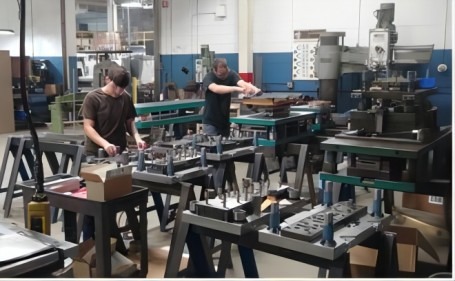
Essential Maintenance Practices of Metal Stamping Dies
1. Regular Inspection
Routine inspections are essential for identifying signs of wear, damage, or misalignment in metal stamping dies. Inspect critical components such as punches, dies, guide pins, and springs for wear patterns, cracks, or deformation. Regularly check for any loose or damaged parts that may affect die performance. Conduct inspections before and after production runs to catch any issues early and address them promptly.
2. Cleaning and Lubrication
Metal stamping dies must be kept clean to perform properly. Use proper cleaning procedures and solvents to remove debris, metal shavings, and residue from die surfaces. Ensure that die components are free of impurities that may impair precision and cause premature wear. Lubricants should be applied to moving parts to reduce friction, wear, and avoid sticking or galling during stamping operations.
3. Sharpening and Refurbishment
Maintain sharp cutting edges on punches and dies to ensure clean and precise part formation. Regularly inspect cutting edges for signs of wear, dullness, or damage. Use sharpening tools, such as abrasive stones or grinding wheels, to restore sharpness and remove burrs or nicks. For heavily worn or damaged dies, consider refurbishment techniques such as welding, machining, or regrinding to restore original dimensions and contours.
4. Die Protection
Protect metal stamping dies from corrosion, oxidation, and environmental factors that can degrade their performance and lifespan. Apply rust inhibitors or protective coatings to die surfaces to prevent rust formation and surface deterioration. Store dies in a clean, dry environment with controlled humidity to minimize exposure to moisture and atmospheric contaminants. Implement proper handling practices to avoid dents, scratches, or other damage during transportation and storage.
5. Die Setup Optimization
Optimize die setup parameters, such as clearance, tonnage, and feed rates, to minimize wear and maximize efficiency during production runs. Ensure that dies are properly aligned and securely fastened in the stamping press to avoid unnecessary stress on components. Monitor press settings and make adjustments as needed to maintain consistent part quality and prolong die lifespan. Document and record optimal setup parameters for reference in future production runs.
6. Training and Education
Invest in training and instruction for employees who operate and maintain metal stamping dies. Ensure that maintenance personnel and operators have the appropriate skills, expertise, and resources to carry out maintenance activities efficiently and safely. Provide continual training on best practices, safety measures, and troubleshooting strategies to help prevent errors, reduce downtime, and improve die performance.
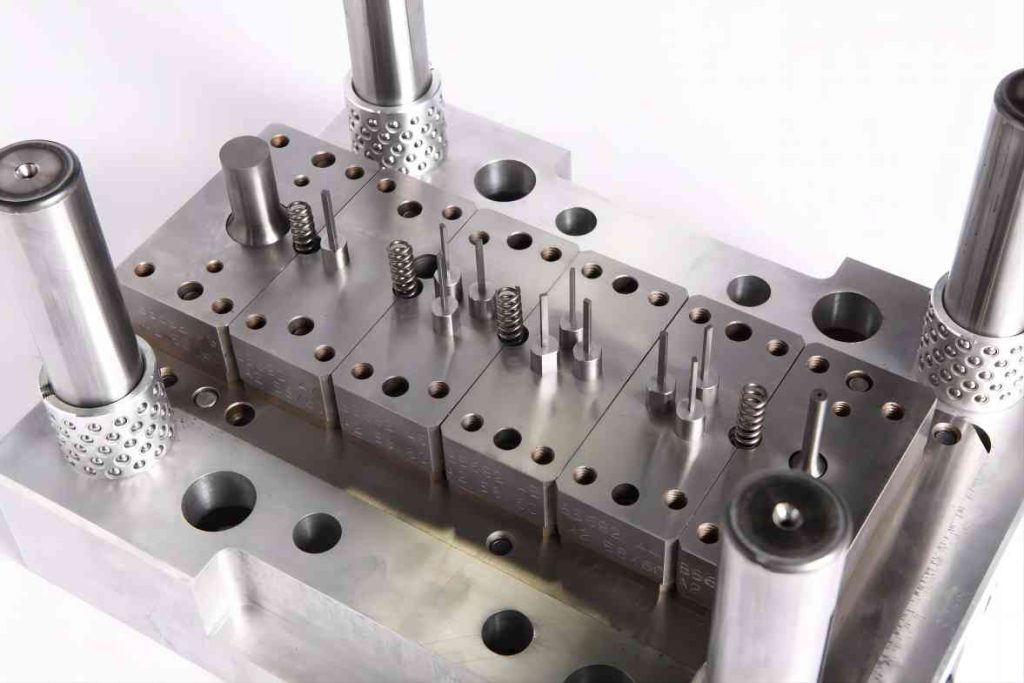
Key Aspects of Repair and Restoration for Metal Stamping Dies
Repair and restoration are critical processes for metal stamping dies, ensuring their continued functionality, precision, and longevity.
1. Assessment and Diagnosis
Before initiating repair or restoration, conduct a thorough assessment of the die’s condition. Identify areas of wear, damage, or dimensional inaccuracies that affect performance. Use precision measurement tools, such as micrometers and calipers, to quantify the extent of wear and determine the scope of repair required. Consider factors such as die material, design complexity, and production requirements when evaluating repair options.
2. Welding and Build-Up
For worn or damaged areas on die surfaces, welding techniques can be used to build up material and restore original dimensions. Welding processes, such as TIG (Tungsten Inert Gas) or laser welding, are commonly employed to deposit filler material onto worn or damaged regions. Skilled welders meticulously build up material layer by layer, ensuring proper fusion and minimizing heat-affected zones. Welding may also be used to repair cracks, fractures, or missing sections in die components.
3. Machining and Grinding
After welding or build-up, machining and grinding operations are performed to refine repaired surfaces and restore critical dimensions. Precision machining techniques, such as milling, turning, and EDM (Electrical Discharge Machining), are utilized to remove excess material and achieve the desired geometry. Grinding processes, including surface grinding and cylindrical grinding, are employed to achieve tight tolerances and smooth surface finishes. Skilled machinists use advanced CNC (Computer Numerical Control) equipment to ensure accuracy and repeatability in machining operations.
4. Heat Treatment
Heat treatment methods can be used to improve the mechanical qualities of repaired die components. Depending on the stamping die material and application, annealing, tempering, or quenching treatments can increase hardness, strength, and wear resistance. Heat treatment reduces residual stresses created during welding and machining procedures, lowering the likelihood of deformation or cracking in repaired areas. Careful control of heating and cooling cycles is essential to achieve the desired material properties without compromising dimensional stability.
5. Surface Coatings and Treatments
To further enhance wear resistance and surface integrity, consider applying specialized coatings or treatments to repaired die surfaces. Hard coatings, such as TiN (Titanium Nitride) or DLC (Diamond-Like Carbon), can provide a protective barrier against abrasive wear and extend die lifespan. Surface treatments, such as nitriding or ion implantation, can improve surface hardness, lubricity, and corrosion resistance, enhancing die performance in demanding production environments.
6. Quality Assurance and Testing
Following repair and restoration, conduct rigorous quality assurance tests to validate die functionality and performance. Conduct dimensional inspections, surface roughness measures, and functional testing to confirm that repaired dies meet specifications and performance requirements. Use non-destructive testing procedures, such as ultrasonic testing or dye penetrant examination, to identify potential faults or discontinuities in repaired regions. Validate die performance by conducting trial production runs and evaluating component quality and process stability under normal operating conditions.
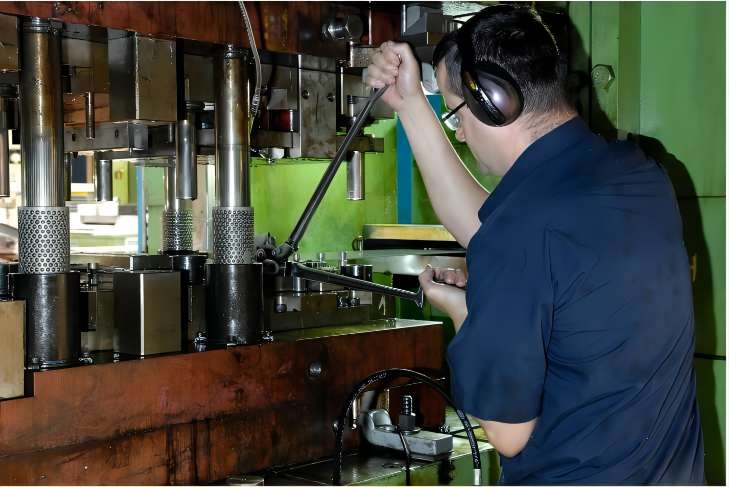
Conclusion
Maintenance and repair are essential aspects of guaranteeing the consistent operation and longevity of metal stamping dies in industrial manufacturing environments. Manufacturers can reduce downtime, improve production efficiency, and extend the life of their stamping dies by implementing proactive maintenance methods and addressing quickly to repair needs.

